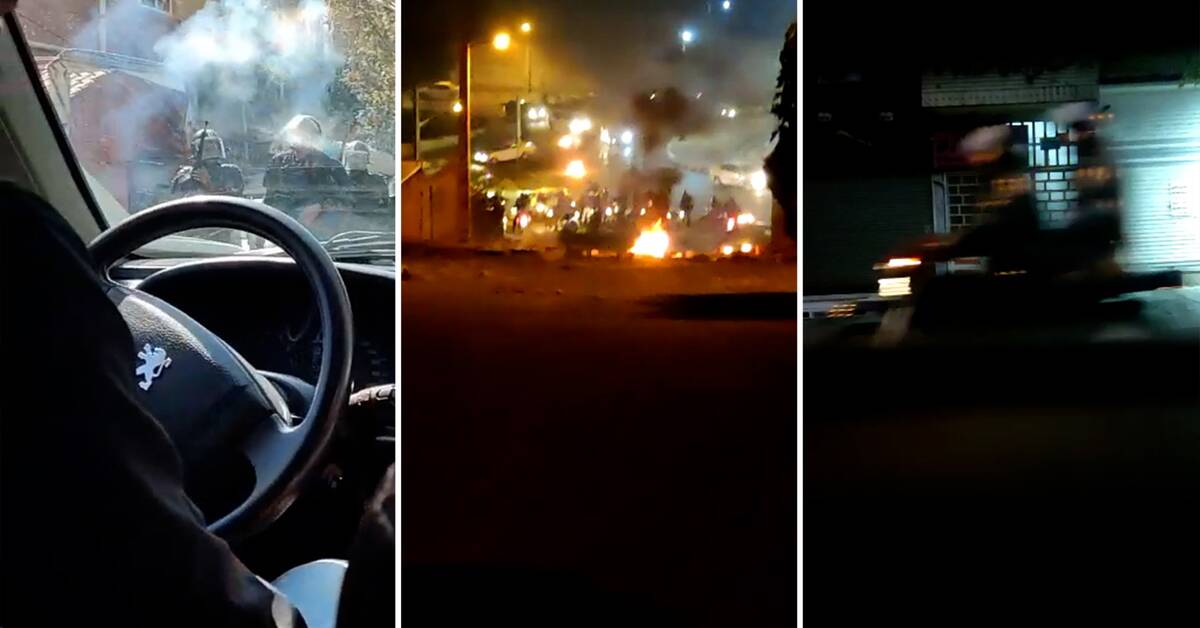For two months, people in Iran have been fighting the regime and shouting: Woman, life, freedom.
But the originally Kurdish slogan has been used by Kurds inside and outside Iran in the fight for more rights for their ethnic group.
Since the protests in Iran began, the regime has responded with violence and threats in all parts of the country.
However, the violence has been greatest in the Baluchi-dominated Sistan and Baluchistan and in the Kurdish-dominated areas in western Iran, several human rights organizations are now warning.
SVT has spoken to several Kurds, including from Mahsa Amini's hometown, Saqqez, who testify that the state has arrested people for no reason and that Kurds and Baluch are met with excessive violence to a greater extent - often even lethal violence.
- The difference this time is that the world sees what is happening, says Anita from Sanandaj.
Anita's real name is something else, but to protect her identity, we've changed her name, as well as the names of the other women we've spoken to.
Long history of exposure and suspicion
That the violence has been greatest in areas where there are many Kurds and Baluchs does not surprise the Foreign Policy Institute's Middle East expert Rouzbeh Parsi.
- The areas have long been considered the periphery of the country and neglected by the state.
At the same time, they are often suspected as there have previously been groups that tried to break these parts out of the country, he explains.
- Then it is easier for the Iranian regime to dehumanize the people and justify its disproportionate violence.
Hear three women talk about the violence they experience and how the protests in Iran have become a fight for freedom for both the Iranians - and the Kurds.

